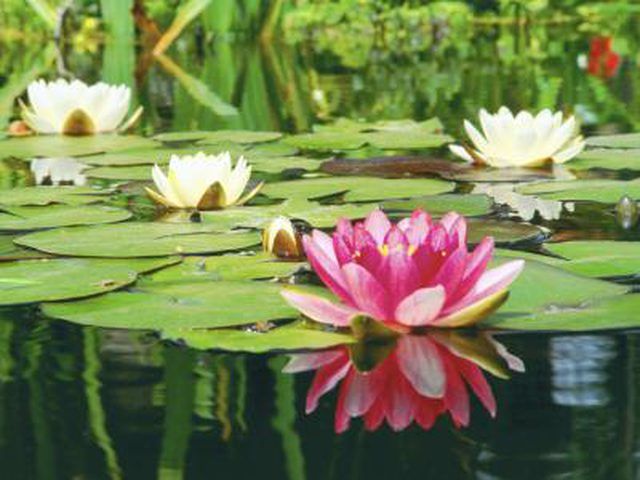Bulbs
Flower Basics
Flower Beds & Specialty Gardens
Flower Garden
Garden Furniture
Garden Gnomes
Garden Seeds
Garden Sheds
Garden Statues
Garden Tools & Supplies
Gardening Basics
Green & Organic
Groundcovers & Vines
Growing Annuals
Growing Basil
Growing Beans
Growing Berries
Growing Blueberries
Growing Cactus
Growing Corn
Growing Cotton
Growing Edibles
Growing Flowers
Growing Garlic
Growing Grapes
Growing Grass
Growing Herbs
Growing Jasmine
Growing Mint
Growing Mushrooms
Orchids
Growing Peanuts
Growing Perennials
Growing Plants
Growing Rosemary
Growing Roses
Growing Strawberries
Growing Sunflowers
Growing Thyme
Growing Tomatoes
Growing Tulips
Growing Vegetables
Herb Basics
Herb Garden
Indoor Growing
Landscaping Basics
Landscaping Patios
Landscaping Plants
Landscaping Shrubs
Landscaping Trees
Landscaping Walks & Pathways
Lawn Basics
Lawn Maintenance
Lawn Mowers
Lawn Ornaments
Lawn Planting
Lawn Tools
Outdoor Growing
Overall Landscape Planning
Pests, Weeds & Problems
Plant Basics
Rock Garden
Rose Garden
Shrubs
Soil
Specialty Gardens
Trees
Vegetable Garden
Yard Maintenance
How to Make a Lotus Pond
How to Make a Lotus Pond. The exotic colors and fragrance of lotus flowers make them a favorite among outdoor water garden enthusiasts. Garden ponds are hardly complete without the lotus' broad leaves and tall flowers gracing the summer landscape. The shower head-shaped lotus seedpods enhance visual interest, too. Add drama to your backyard by...

The exotic colors and fragrance of lotus flowers make them a favorite among outdoor water garden enthusiasts. Garden ponds are hardly complete without the lotus' broad leaves and tall flowers gracing the summer landscape. The shower head-shaped lotus seedpods enhance visual interest, too. Add drama to your backyard by making a lotus pond.
Things You'll Need
Preformed pond unit
Spade
Sand
Lotus rhizome
Medium to large round containers
Clay or pond soil
Rocks or stones
Aquatic plant fertilizer
Determine the ideal location of the pond. Because lotus plants thrive under full sun, the best place for a lotus pond would be one that receives 6 to 8 hours of direct sunshine everyday.
Install the preformed pond unit. Dig a hole to conform to the size and shape of the pond unit. Layer the bottom of the hole with sand to cushion the preformed pond. Position the pond unit in the hole and fill half the pond with water to compress the sand under the preformed unit. Adjust the pond unit to make sure it is level. Fill the side gaps with sand and tamp it down to remove air pockets. Fill the pond with water.
Prepare the round containers. Place a few rocks or stones in the containers to help weigh them down underwater. Then add clay soil or pond soil over the stones. Although considered an aquatic plant, the lotus requires soil to grow. Add a layer of sand to prevent the soil from dissolving into the water.
Place a lotus rhizome on the sand layer and hold it down with a layer of small stones. Putting the lotus on the sand instead of the soil will ensure that it won't rot; the layer of stones will also protect it from being dug up by any fish you might add to your pond.
Gently lower the container into the pond. The top of the container should be no more than 12 inches and no less than 6 inches below the surface of the water. Prop the containers with bricks or upside down clay pots to achieve the ideal height.
Fertilize with aquatic fertilizer pellets twice a year after the plants have been established for one year.
Tips & Warnings
Instead of using a preformed pond unit, dig a hole in the shape you desire and install a flexible liner to hold the lotus pond.
Lotus comes in a number of varieties. Research which ones you would like to add to your garden pond. They are available at garden centers and plant nurseries as well as online. One of the most popular and easiest to propagate is the American Lotus (Nelumbo lutea).
Lotus plants are known to be invasive. Use large, plastic or ceramic containers to keep the plant's runners in the pot. Round containers are recommended to prevent roots from cramming in corners and breaking through.